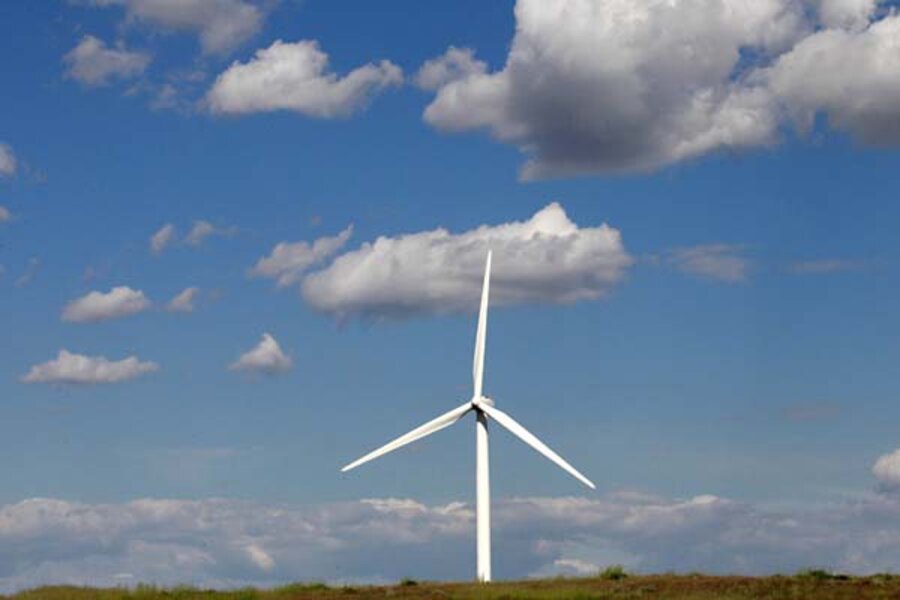Can California meet its lofty energy goals?
Loading...
Today, California's electricity is mainly generated using natural gas. By the year 2020, AB32 legislation requires that 33% of the state's power come from renewables such as wind and solar. This is the renewable portfolio standard (RPS). For years, I have wondered what will be the cost of achieving this ambitious goal.
In recent days, the CEC has released documents from a recent conference on the RPS. As usual, I see lots of talented engineers presenting stuff but unless I'm mistaken I don't see any economic analysis. Is that puzzling? Why should economists be involved? I would think that economists could model the likely impact on electricity pricing from substituting to renewables. I would think that residential, industrial and commercial consumers will care about such a prediction. In terms of formal economics, what does the state's supply curve for power look like? How binding a constraint is the 33% RPS? In english, what would be the price per kWh if we continue to use natural gas as the energy source versus what would the price be under the 33% RPS? For an optimistic opinion on this issue read this.
From an economic science point of view, this big green push offers an excellent test of the "learning by doing" hypothesis. Does the average cost per kWh of renewable power decline with more cumulative production? As the industry matures, is there more investment in renewables? Is Adam Smith's pin factory of specialization taking place here?
Also don't forget about international trade and globalization. As the United States imports renewables equipment from India and China, our costs of installing such completed systems decline. MIT's Technology Review has published a nice piece on this. For some facts about recent international trade patterns, read my paper joint with Aparna Sawhney.
Here is our sexy abstract:
We track US imports of advanced technology wind and solar power-generation equipment from a panel of countries during 1989-2010, and examine the determining factors including sector-specific US FDI outflow, country size, and domestic wind and solar power generation. Differentiating between the core high-tech and the balance of system equipment, we find US imports of the both categories have grown at significantly higher rate from the relatively poorer countries, particularly China and India. US FDI is found to play a significant positive role in the exports of high-tech equipment from both rich and poor countries, especially for the balance of system equipment. For the core wind and solar equipment, we find domestic renewable power generation played a significant positive role, and the effect is more pronounced for the rich countries as well as China compared to other poor countries.
and here is a well written paragraph from the paper's introduction:
There is a certain irony that trade with developing countries is accelerating the development of the “green economy”. The trade and environment literature has studied the conditions such that poor nations would be pollution havens for rich countries as dirty factories could escape tight regulation in rich countries by re-locating to poorer nations (Copeland and Taylor 2003, 2004). This literature emphasizes that the location of dirty economic activity will be determined by both factor endowments and regulatory intensity. In the case of “green energy” trade, the poorer South is emerging as a key provider of cheap equipment for renewable-power generation to the rich North for its production and consumption of clean energy. If clean energy prices decline then they are more likely to induce a composition shift as nations choose to substitute them for fossil fuel generated electricity (i.e coal and natural gas). Such a composition shift could significantly reduce national greenhouse gas emissions associated with power generation.
I hope you agree that I should teach less so that I can devote more time to writing such witty prose?
On an unrelated note, I will soon be in Berkeley, CA to restore my liberal/green street credibility. If you want to see me, look for me at Strada.





